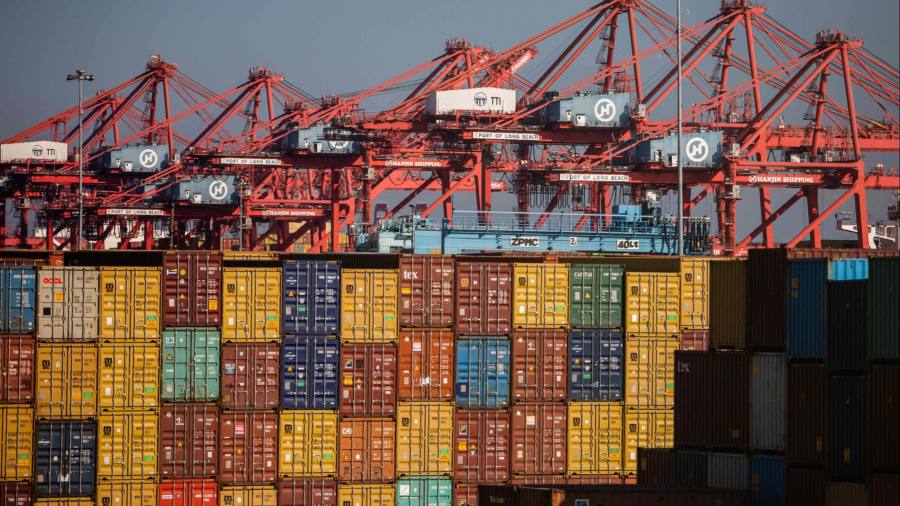Asia’s emerging market equities have faced challenges due to concerns about China’s recovery and geopolitical risks. However, investors may be missing a hidden decoupling between the region’s markets and China’s economy. Despite these risks, there are several factors that suggest long-term gains for Asia’s emerging markets.
Firstly, global companies are actively diversifying their supply chains away from China, leading to increased business and investment in neighboring countries. A notable example is Apple’s decision to shift iPhone production from China to India. The International Monetary Fund (IMF) reports that China’s global market share of greenfield foreign direct investments in strategic sectors has been declining since 2021, while the rest of Asia’s market share has risen. In the United States, imports from China have been decreasing since 2018 and are expected to be surpassed by imports from India, Taiwan, and ASEAN economies.
This trend is likely just the beginning, as there is significant potential for “friendshoring” in Asian emerging markets. China’s manufacturing output is much larger than that of other emerging economies in Asia, such as India and Vietnam. However, these economies offer competitive advantages in terms of labor costs. While they may currently focus on labor-intensive industries and lower-value goods, the demand for higher-value manufacturing will increase over time.
Secondly, unlike China, countries like India and Indonesia have favorable demographics that will contribute to their economic growth. China’s population is declining due to a weakening fertility rate, leading to an unfavorable dependency ratio. In contrast, India, Indonesia, and Vietnam have younger populations and more favorable dependency ratios. This gives them a comparative advantage and greater consumption power in the coming years.
Lastly, Asian emerging markets have relatively resilient economic fundamentals. The region has been less affected by inflation due to its role in global supply chains, which reduces transport costs for local companies. Several central banks in the region, such as the Bank of Korea and the Monetary Authority of Singapore, have taken preemptive measures to curb inflationary pressures. Additionally, the People’s Bank of China and the Bank of Japan are expected to maintain accommodative policies, which will support liquidity conditions in the region.
Furthermore, China’s post-Covid reopening is likely to stimulate demand for goods and services from the rest of Asia and boost tourism in the region. This reopening will also help protect Asian economies from recession in the face of challenging global growth conditions.
For investors concerned about the risks associated with China, it is important to recognize that Asian emerging markets offer significant opportunities. Factors such as friendshoring, demographics, and resilient fundamentals are driving these markets to become less correlated with China.
Denial of responsibility! VigourTimes is an automatic aggregator of Global media. In each content, the hyperlink to the primary source is specified. All trademarks belong to their rightful owners, and all materials to their authors. For any complaint, please reach us at – [email protected]. We will take necessary action within 24 hours.


